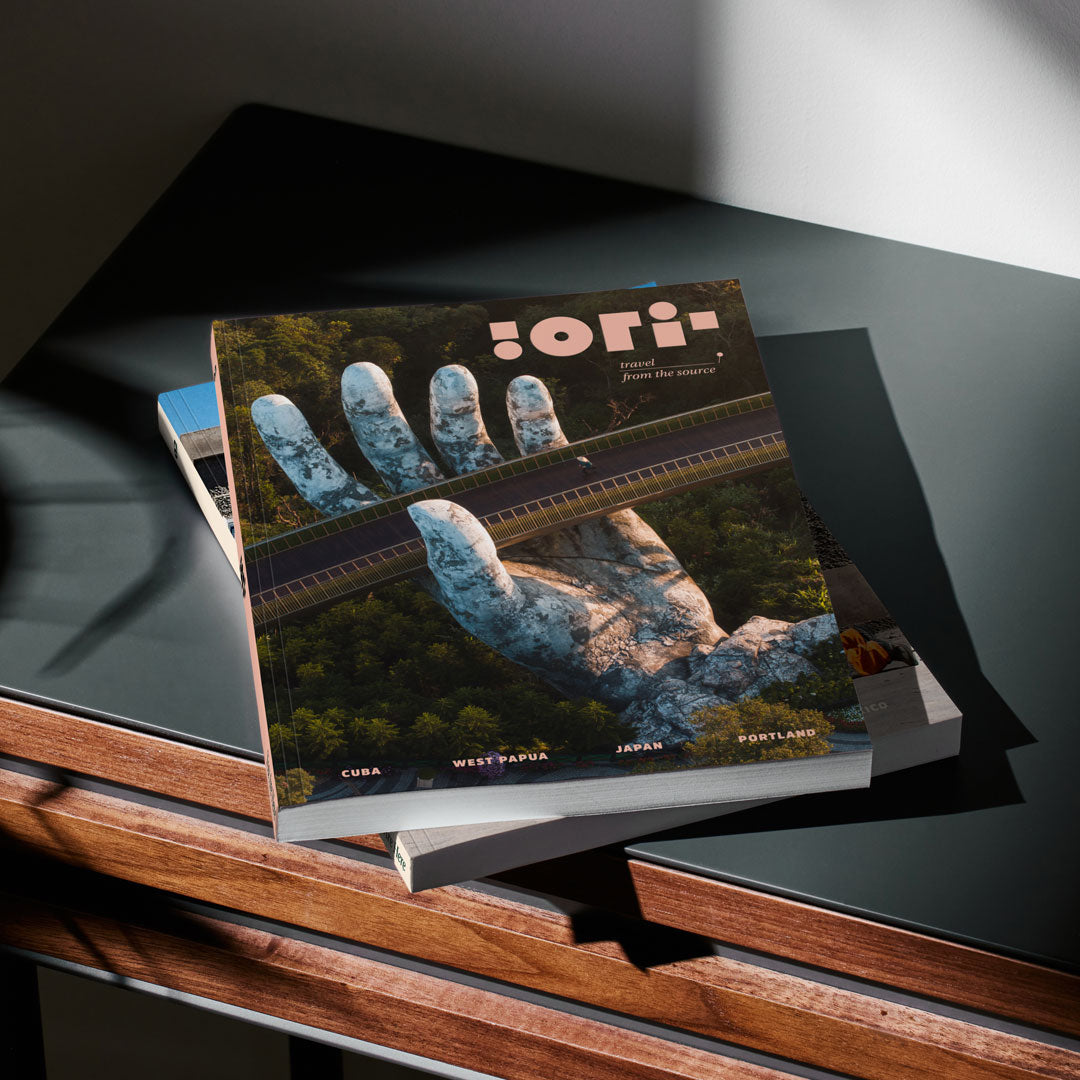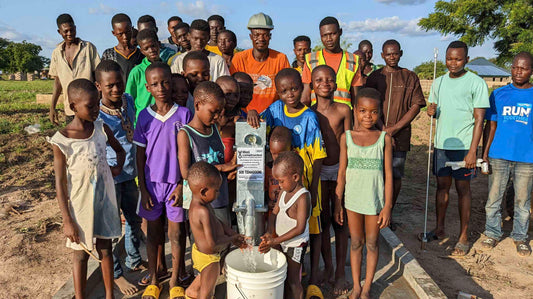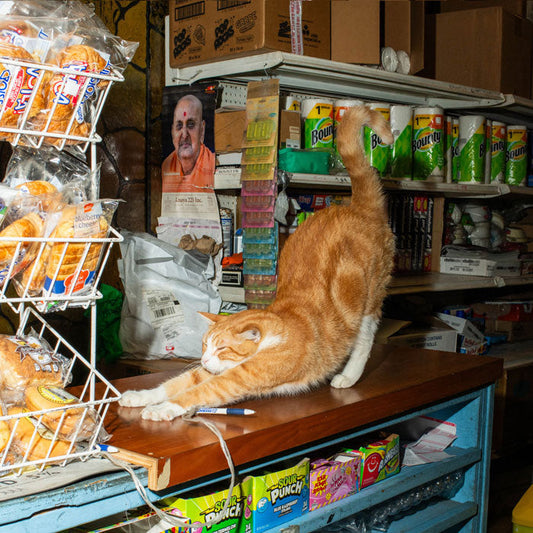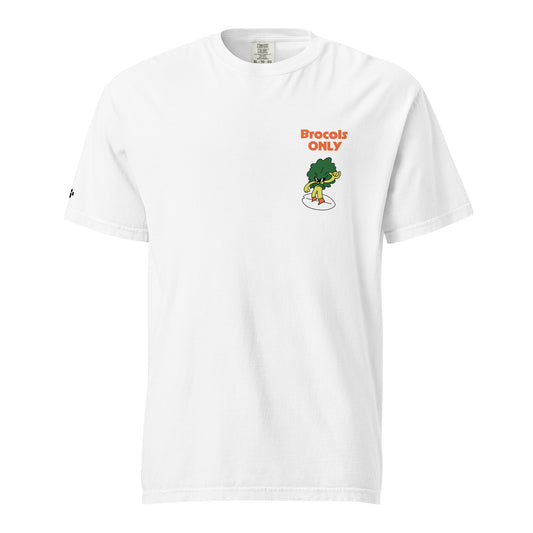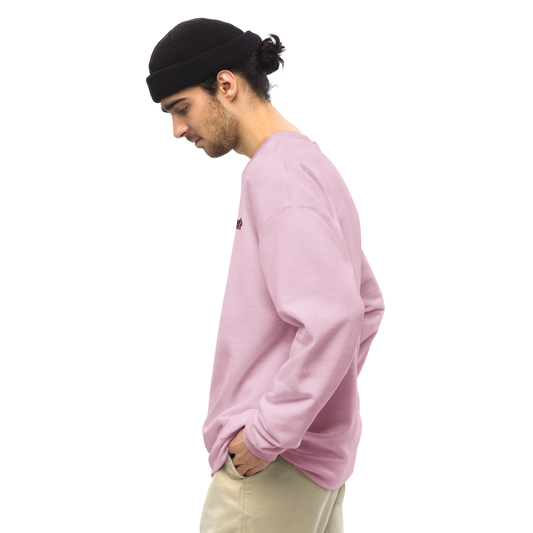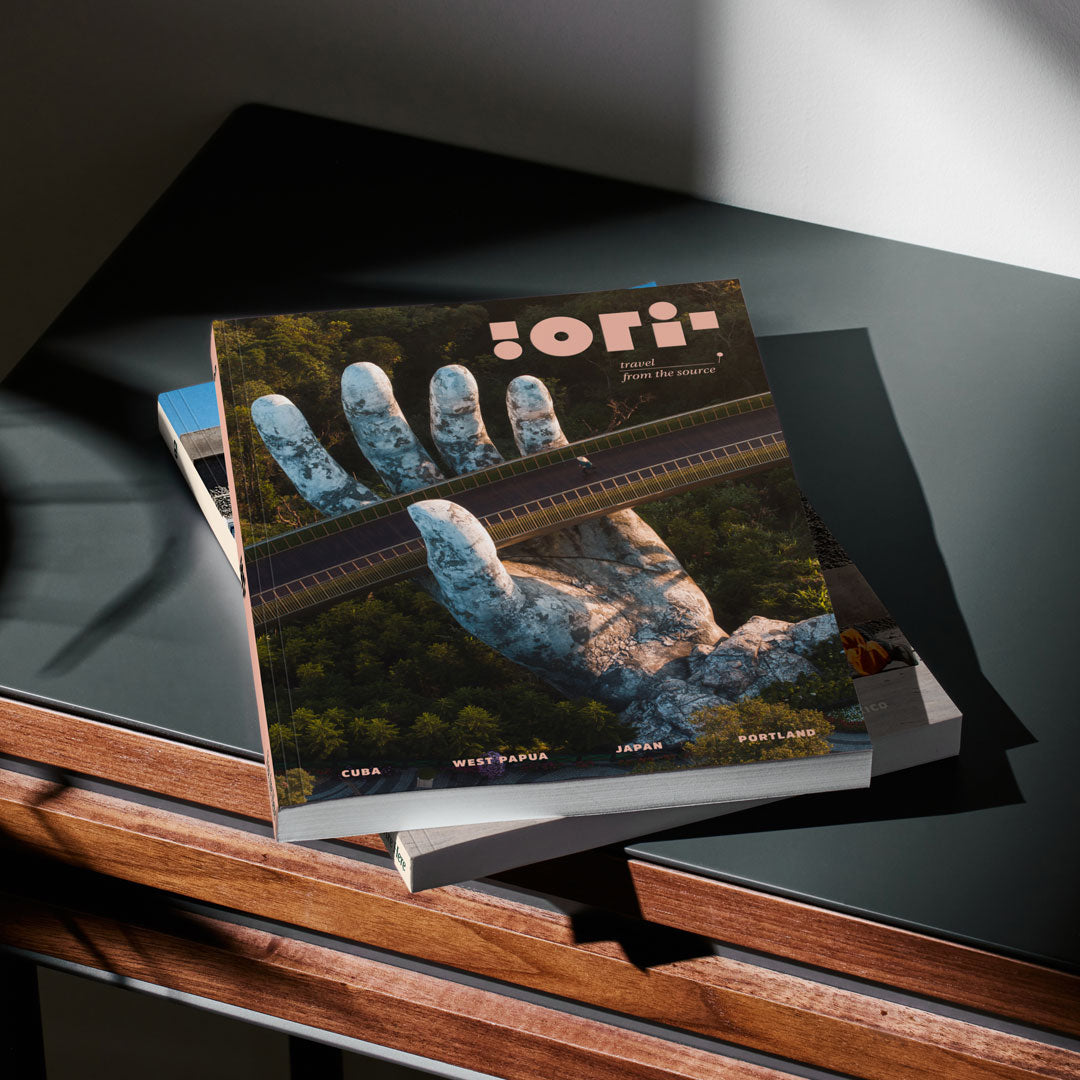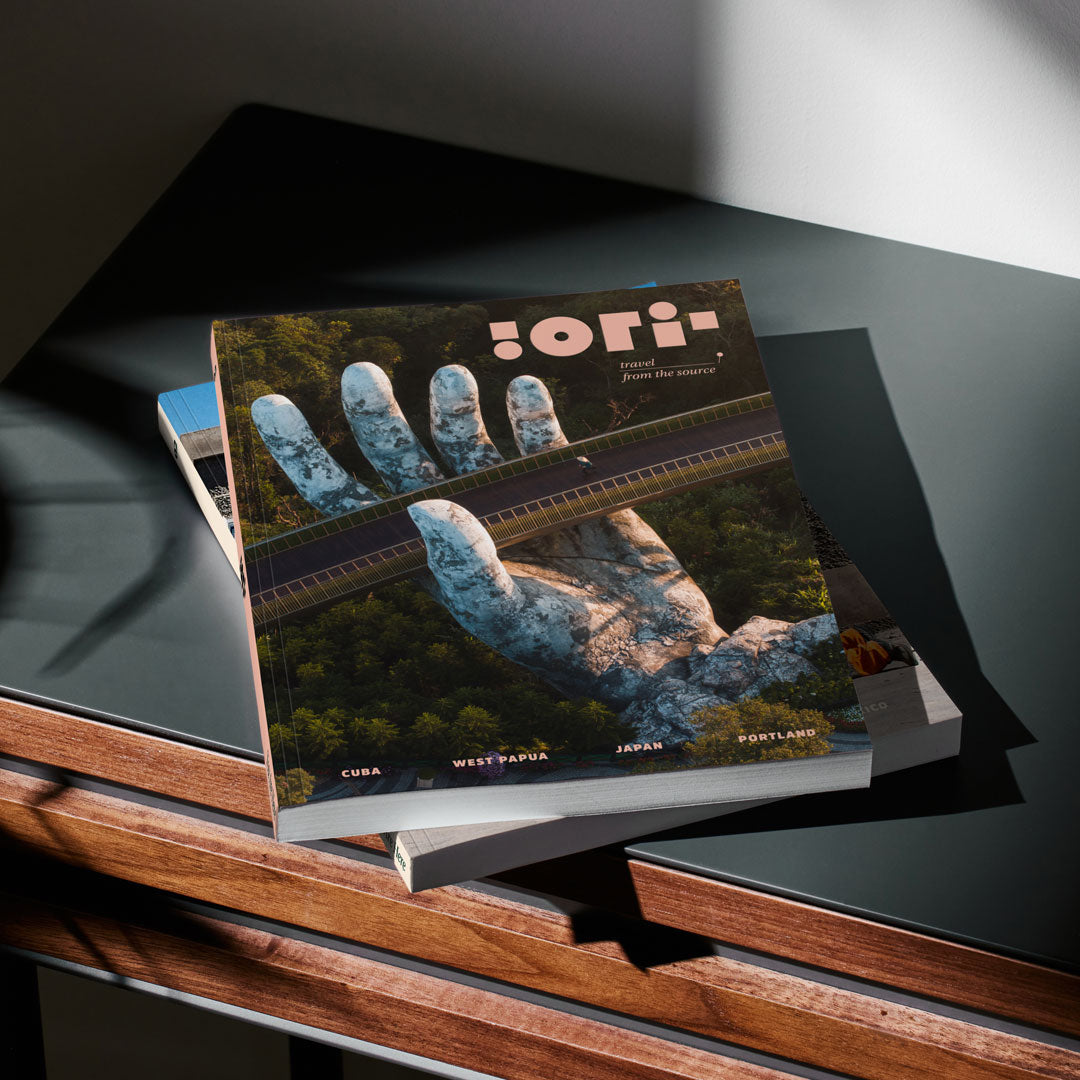When producer Joe Lewis arrived to Nazaré over six years ago, he knew he'd stumbled onto something huge. The small Portuguese fishing village was home to one of the world's biggest secrets, an impossibly large wave breaking just offshore and a safe harbor next door that provided easy access for anyone brave enough to challenge the giant. As far as big-wave surfing was concerned, Nazaré was the perfect storm.
Big wave surfer Garrett McNamara knew it when he visited for the first time in TK, and now, years on, he had brought Lewis and a team of documentarians to immortalize the locale on film. The resulting project, HBO's "100 Foot Wave" is now in its third season, a story about surfing, but also the people and the motivations behind pushing toward the planet's furthest limits.
Lewis has been there every step of the way, and has adopted Nazaré as his autumnal home in the process. He has his morning routines, his friendly faces, his coastal vantage points—elements he says take time to forge, but make all the difference in getting the community behind the project, and, ultimately, the "100 Foot Wave" we see today. We caught up with Lewis to hear more about what it takes to pull off the big wave documentary series, and how a little town in Portugal helped make it all happen.

Ori: What were your first impressions of this place called Nazaré?
Lewis: There are some towns that are special and have a unique energy. And a lot of times it's by virtue of something geographic or built in the town, and it attracts a certain group of people. Nazare is just one of those towns where there's that amazing energy. And then it just all evolves with this interest over big wave season.
Can you describe what it's like seeing that wave in person for the first time?
It's amazing. It just doesn't make sense. There's a 500-year-old lighthouse perched above the ocean and not far out into the water these giant, giant waves are breaking.
The wave doesn't break in the same place. Every time you're waiting for it, and when you finally see it and there's just an excitement to watching it.
I was walking around New York with Chris Smith, our director, and we’re looking up at the eighth floor of a building trying to really conceptualize how high these waves get—it’s hard to imagine.

You mentioned you're not from the surf or big wave world. Would you say "100 Foot Wave" is different than a typical surf doc or film?
We talk about this all the time—it's not a surf show. I mean, it's in the world of surfing, but it's about characters. It's about families. It's about interactions. It's about people trying to work to do something. We're thoughtful about the amount of surfing, the role of surfing in the show, and why it's important to include it. Ultimately though, it isn’t about the person spending time on that wave, it's about us spending time in their lives.
I think the message of Garrett especially—spending his whole life, every second, trying to achieve something that might not even exist—can be applied to so many things. Our team’s curiosity as non-surfers and wanting to know more is what drew us to it. We want to explain the surf aspect and keep things not on an expert level, then really get into character and story.
Surf films have typically exotified locations and people. I don't feel that with this series. How intentional was that?
We’re making a documentary, so we never set up things in the show. We just try to shoot as much of the world as we can, and whether it's Ireland, or Cortes Bank, or Morocco we're just trying capture the places as we see them not present a certain narrative.
The Nazaré experience is built out of how that town is conceived—where it sits in the world.

At the end of the day, you are filming in a tight-knit small fishing village on the edge of the world in Portugal. How are you earning trust from a local community like that?
Yeah, it's a good question. It’s something we think about a lot—being sort of part of the community there. We got in there because of Garrett and Nicole [McNamara] and the other surfers involved. And, you know, Garrett's accepting of us and bringing us into the world really helped in Nazaré and the big wave world. In town, I think making or continually earning that trust, shooting with people, putting out the show, presenting stories as they are, that was key.
We've been making the show for six years, so I think we've been able to earn it over time, but it's something that we do every day. Our camera team is the first line, they're spending half their year with the people in the town, the surfers, and the entire community.
I think the surfers see that we work really hard at making the show. I think we care as much about what we do, as they do about what they do—you recognize that in others.

And let’s keep it local to finish: What food and drink are you missing most from your Portugal days?
I mean Restaurante A Celeste is the place that first fed Garrett and Nicole when they first went there. It’s a special place, and has this side dish called migas, which is basically like a cornbread stuffing cooked in pork fat. There's a restaurant called Restaurante Esmeralda in Nazare that I love as well.
I go to the same coffee shop every morning—Cores e Sabores—a lot of the big wave surfers are there too. I kind of just have my five restaurants for Nazare, and yeah, that’s part of the fun of the fun of being there.
The third season is finally here, and it looks like "100 Foot Wave" is not just Nazaré anymore. So, what's next?
In Season 3, we get to places outside of Nazare, like Cortes Bank, which is 100 miles off the coast of L.A. and San Diego. It’s a totally different experience, there’s no landmarks whatsoever, and it throws off the scale. They look like they’re small and then you realize they are just far away, but gigantic. I don’t know, I just find waves endlessly fascinating.
